There is a ninety-five mile stretch of golden sandy beach between Swanage in Dorset and Exmouth in Devon. This beautiful coastline is commonly known as the Jurassic Coast, and in 2014 a most remarkable discovery was made. Metal detectorist Philip Goodwin found a rough metal disc, approximately the size of a ten pence coin. The date and the name stamped on this rough piece of metal is what made it so remarkable. MDCCCX which is the year 1810 was on one side and the name Mary Anning on the other. Who was Mary Anning, you ask yourselves, well she was only one of ten women who decidedly influenced the history of science. One hundred and sixty-three years after her death she was belatedly recognised by the Royal Society as the greatest fossil hunter of her era, and it was Mary who had a huge influence on the science of palaeontology. Indeed, it was Mary who discovered the very first fossil of a giant thirty-foot-long Ichthyosaurus, a marine reptile with a four-foot skull.
Stepping forward in time to today’s treasure hunters, this popular activity flourishes with metal detectorists walking the Jurassic Coast in hope of finding something equally as valuable. From lost coins and wedding rings to Copper Pipe Connectors that could have been purchased from a company such as https://watkinspowis.co.uk/products/copper-pipe-fittings-and-press-systems. Not only searching for treasure of a monetary value but for fossils that could lead to new discoveries of a scientific nature. Wandering amongst the spectacular cliff formations of Durdle Door and the beautiful Lulworth Cove, fossil hunters are greeted with the sight of layers of rock that has over thousands of years been eroded into weird and wonderful shapes. Travelling to the Isle of Purbeck the outlined remains of trees over 200 million years old can be found in ring shapes in the rocks.
If you want the best chance of finding a fossil of some significance then make the journey to Charmouth Beach, you can actually take part in an organised fossil hunt there. You are allowed to hunt for fossils and treasure along most of the Jurassic Coast so pick up a detector and have a go, you never know what you might find. The winter months are strangely the best time of the year to look for fossils because the storms have battered the rocks and possibly scattered new finds along the wind-swept beaches.

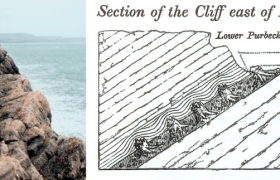
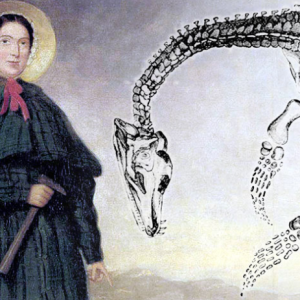
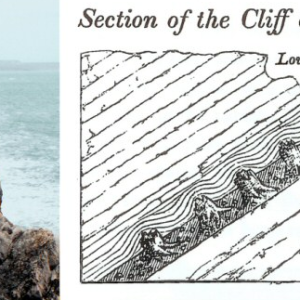


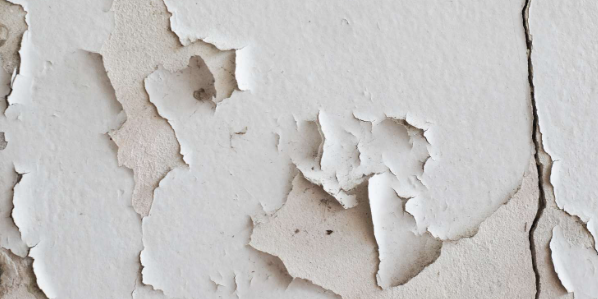




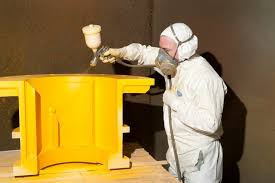
+ There are no comments
Add yours